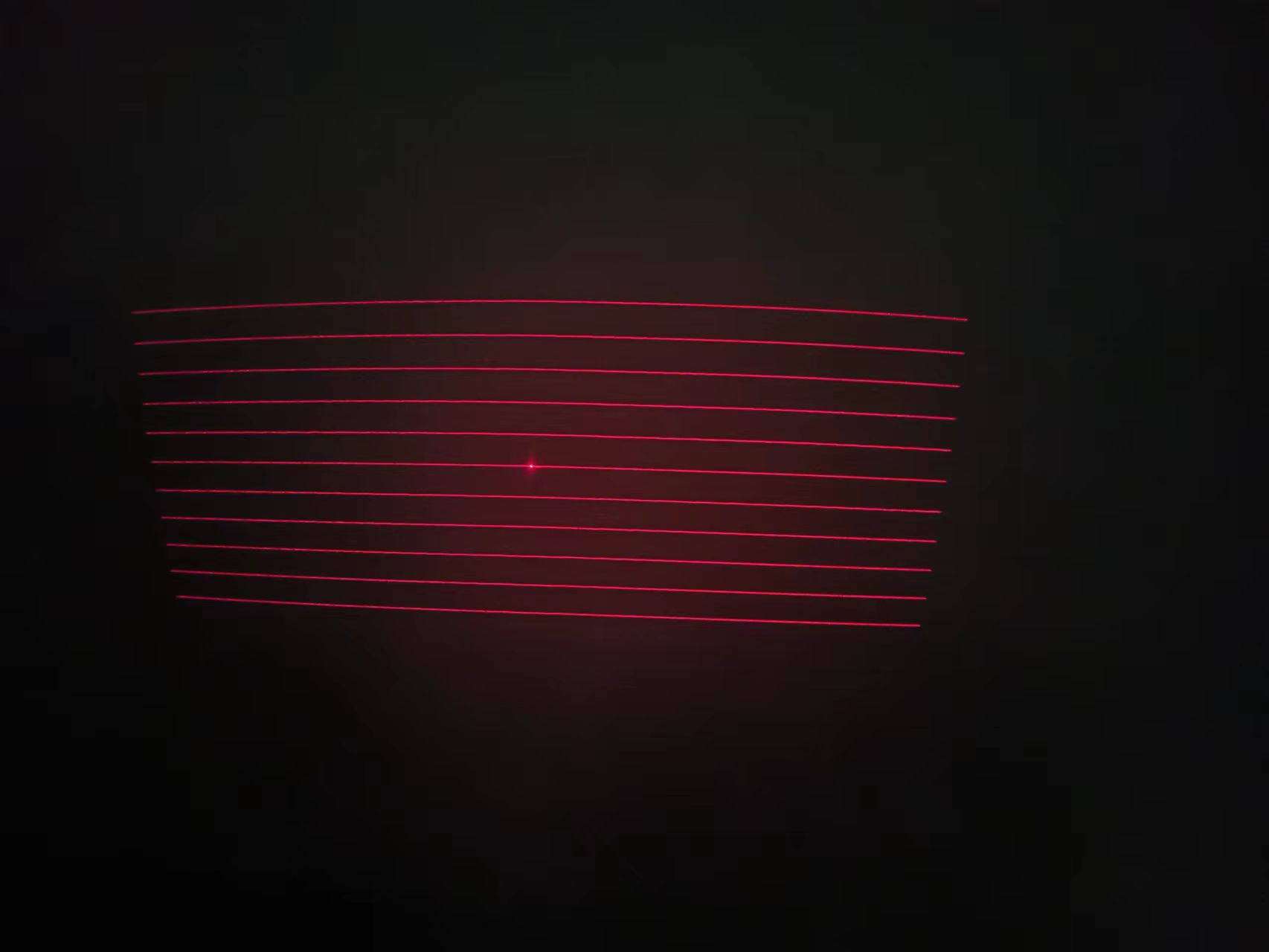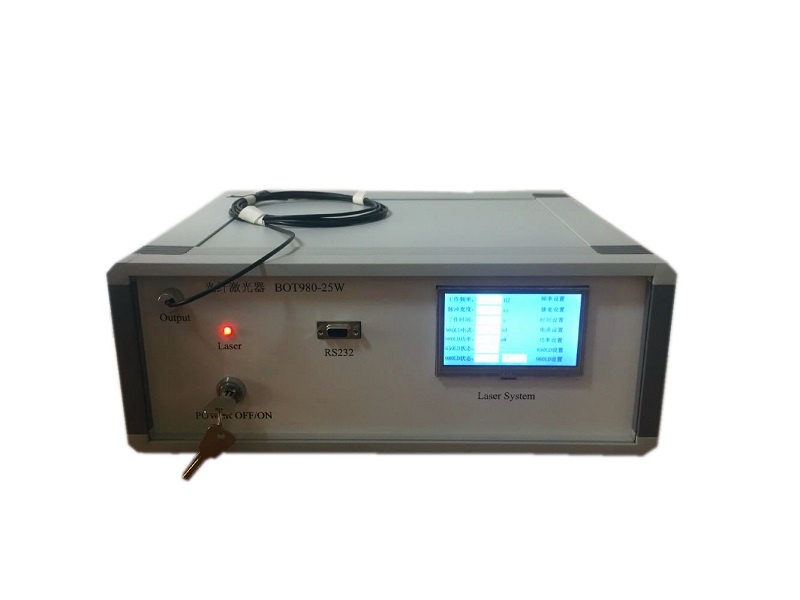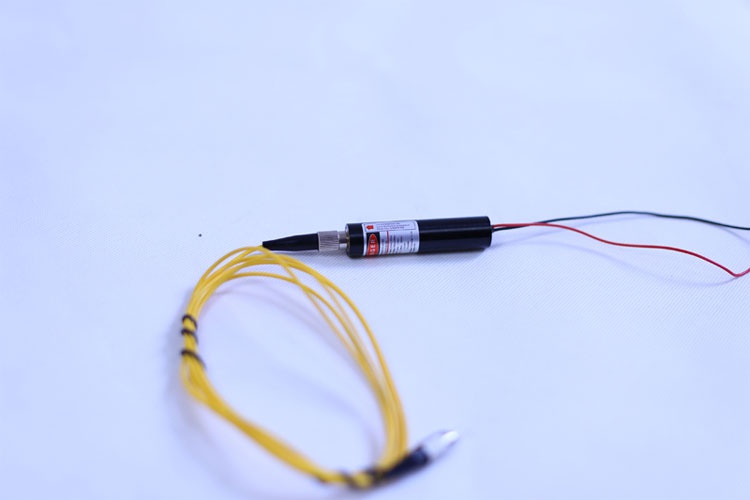Semiconductor laser, also known as laser diode (LD, Laser Diode), is a type of laser that uses semiconductor materials as the working material to produce stimulated emission. Commonly used materials include gallium arsenide (GaAs), cadmium sulfide (CdS), indium phosphide (InP), and zinc sulfide (ZnS). There are three types of excitation methods: electrical injection, electron beam excitation and optical pump excitation. Semiconductor laser devices can generally be divided into homojunction, single heterojunction, and double heterojunction. Homojunction lasers and single heterojunction lasers are mostly pulsed devices at room temperature, while double heterojunction lasers can operate continuously at room temperature. The advantages of semiconductor lasers are small size, light weight, reliable operation, low energy consumption, high efficiency, long life, and high-speed modulation. Therefore, semiconductor lasers are widely used in laser communications, optical storage, optical gyroscopes, laser printing, laser medical care, laser ranging, Lidar, automatic control, detection instruments and other fields have been widely used.
The working principle of semiconductor lasers is: through a certain excitation method, non-equilibrium is achieved between the energy bands of semiconductor materials (conduction band and valence band), or between the energy bands of semiconductor materials and the energy levels of impurities (acceptor or donor). The particle number of carriers is reversed. When a large number of electrons and holes in the particle number inverted state recombine, stimulated emission occurs. There are three main excitation methods for semiconductor lasers: electrical injection, electron beam excitation and optical pump excitation. Electrically injected semiconductor lasers are generally semiconductor junction diodes made of GaAS (gallium arsenide), InAS (indium arsenide), Insb (indium antimonide) and other materials. They are excited by injecting current along the forward bias. Stimulated emission occurs in the junction plane region. Electron beam excited semiconductor lasers generally use N-type or P-type semiconductor single crystals (PbS, CdS, ZhO, etc.) as the working material, and are excited by injecting high-energy electron beams from the outside. Optically pumped semiconductor lasers generally use N-type or P-type semiconductor single crystals (GaAS, InAs, InSb, etc.) as the working material, and use lasers emitted by other lasers as optical pump excitation.
At present, among semiconductor laser devices, the one with better performance and wider application is: electrically injected GaAs diode semiconductor laser with double heterostructure.
The operating wavelength of semiconductor optoelectronic devices is related to the type of semiconductor material. There are conduction band and valence band in semiconductor materials. Electrons can move freely above the conduction band, and holes can move freely below the valence band. There is a forbidden band between the conduction band and the valence band. When electrons absorb the energy of light, When jumping from the valence band to the conduction band, the energy of light is turned into electricity. When the electrons with electrical energy jump back from the conduction band to the valence band, they can turn the energy of electricity into light. At this time, the band gap of the material is The width determines the operating wavelength of the optoelectronic device.
Low-power semiconductor lasers (information lasers) are mainly used in the field of information technology, such as distributed feedback and dynamic single-mode lasers (DFB-LD) for optical fiber communications and optical switching systems, narrow linewidth tunable lasers, and optical discs Visible wavelength lasers (405nm, 532nm, 635nm, 650nm, 670nm) in the field of information processing. The characteristics of these devices are: single-frequency narrow linewidth, high speed, tunability, short wavelength, optoelectronic monolithic integration, etc.
High-power semiconductor lasers (power lasers) are mainly used in pump sources, laser processing systems, printing industry, biomedical and other fields.
Main parameters of semiconductor laser:
Wavelength nm: laser operating wavelength, such as 405nm, 532nm, 635nm, 650nm, 670nm, 690nm, 780nm, 810nm, 860nm, 980nm.
Threshold current Ith: The current at which the laser diode starts to generate laser oscillation. For low-power lasers, its value is about tens of milliamperes.
Operating current Iop: the driving current when the laser diode reaches the rated output power. This value is important for designing and debugging the laser driving circuit.
Vertical divergence angle θ⊥: The angle at which the luminous band of the laser diode opens in the vertical direction to the PN junction, generally around 15°~40°.
Horizontal divergence angle θ∥: The angle at which the luminous band of the laser diode opens parallel to the PN junction, generally around 6°~10°.
Monitoring current Im: the current flowing through the PIN tube when the laser diode is at rated output power.
Semiconductor lasers are mainly developing in two directions: one type is information-based lasers that mainly transmit information; the other type is power-type lasers that mainly focus on increasing optical power. Driven by applications such as pumped solid-state lasers, high-power semiconductor lasers have made breakthrough progress, which is marked by a significant increase in the output power of semiconductor lasers. Foreign kilowatt-class high-power semiconductor lasers have been commercialized, and the output of domestic sample devices has reached 600W. In the future, the development trend of semiconductor lasers will mainly focus on high-speed wide lasers, high-power lasers, short-wavelength lasers, mid-infrared lasers, etc.






